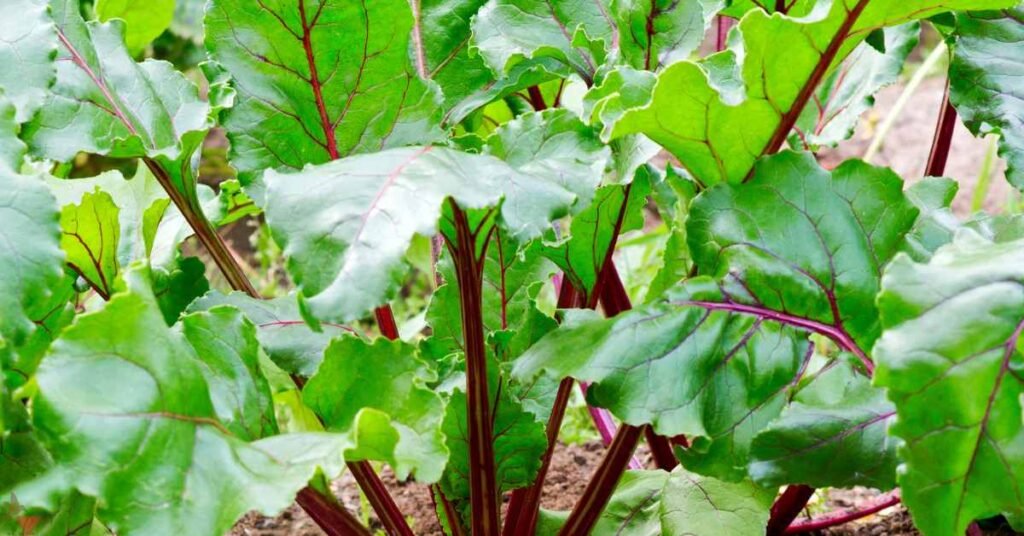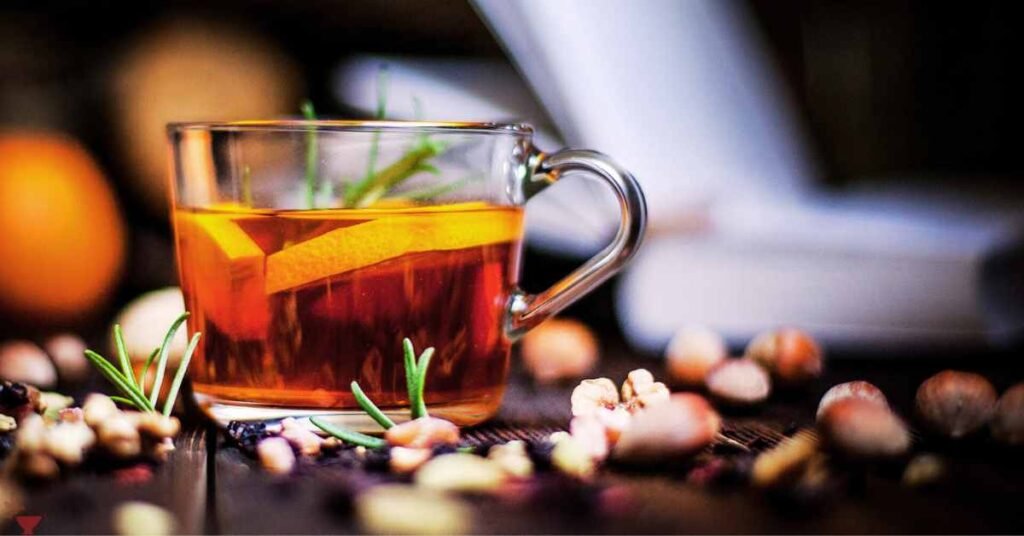Beet leaves or beet greens, often overlooked in favor of the vibrant root vegetable, are a nutritional powerhouse and can indeed be used to make a delicious and healthy tea.
This lesser-known use of beet greens not only makes for an interesting beverage but also helps in reducing kitchen waste.
Here’s everything you need to know about making tea with beet leaves.
Nutritional Benefits of Beet Leaves

Beet leaves are rich in essential vitamins and minerals, including vitamins A, C, and K, calcium, iron, and magnesium.
They also contain antioxidants and fiber, which can contribute to overall health by supporting the immune system, promoting healthy skin, and aiding digestion.
Health Benefits of Beet Leaf Tea
- Rich in Antioxidants: Beet greens contain betalains, powerful antioxidants that help combat oxidative stress and inflammation in the body.
- Supports Digestive Health: The high fiber content in beet leaves can aid in digestion and promote regular bowel movements.
- Boosts Immunity: Vitamins A and C found in beet leaves are essential for maintaining a strong immune system.
- Bone Health: Vitamin K and calcium in beet leaves contribute to maintaining healthy bones and preventing osteoporosis.
- Heart Health: The nitrates in beet leaves can help lower blood pressure, improving cardiovascular health.
How to Make Beet Leaf Tea?
Making beet leaf tea is simple and can be done using fresh or dried beet leaves. Here’s a step-by-step guide:
Ingredients
- Fresh or dried beet leaves (a handful of fresh leaves or 1-2 teaspoons of dried leaves)
- Water (2 cups)
- Optional: Honey, lemon, or other herbs for added flavor
Instructions

- Preparation: If using fresh beet leaves, wash them thoroughly to remove any dirt or pesticides. Pat them dry with a clean towel. If you’re using dried beet leaves, ensure they are clean and free from contaminants.
- Boiling Water: Bring 2 cups of water to a boil in a pot or kettle.
- Adding Leaves: Once the water is boiling, add the fresh or dried beet leaves to the pot. If using fresh leaves, you can tear them into smaller pieces to release more flavor.
- Steeping: Reduce the heat and let the leaves steep for about 5-10 minutes. The longer you steep, the stronger the flavor will be.
- Straining: After steeping, strain the tea into a cup to remove the leaves.
- Flavoring (Optional): Add honey, lemon, or other herbs such as mint or ginger to enhance the flavor of your beet leaf tea.
Serving Suggestions
- Hot: Enjoy your beet leaf tea hot as a soothing drink, perfect for a cold day or a relaxing evening.
- Iced: Let the tea cool and serve it over ice for a refreshing and nutritious summer beverage.
Tips for Using Beet Greens
- Sourcing: Always use organic beet leaves when possible to avoid exposure to pesticides. If growing your own beets, you’ll have a fresh and readily available supply of beet leaves.
- Storage: Fresh beet leaves can be stored in the refrigerator for a few days. To preserve them longer, consider drying the leaves or freezing them.
- Combinations: Beet leaf tea can be combined with other herbal teas for a unique flavor profile. Experiment with different herbs like mint, basil, or chamomile to find your perfect blend.
Final Word

Beet leaves are a versatile and nutritious addition to your diet, and making tea with them is a great way to utilize this often discarded part of the plant.
Whether you enjoy it hot or iced, beet leaf tea is a delicious and healthful beverage that offers a range of benefits.
So next time you have beets, don’t throw away the leaves—brew a cup of beet leaf tea and enjoy its many benefits.
MEDICAL DISCLAIMER
Itsnevernotteatime.com cannot and does not contain medical/health advice. The medical/health information is provided for general and educational purposes only and is not a substitute for professional advice.




